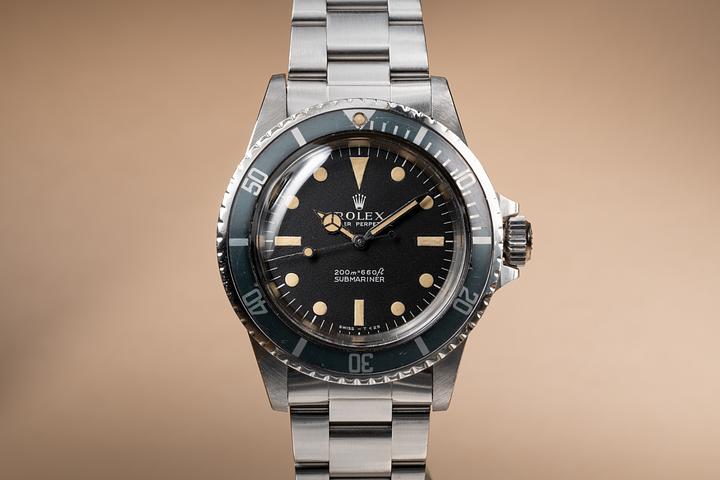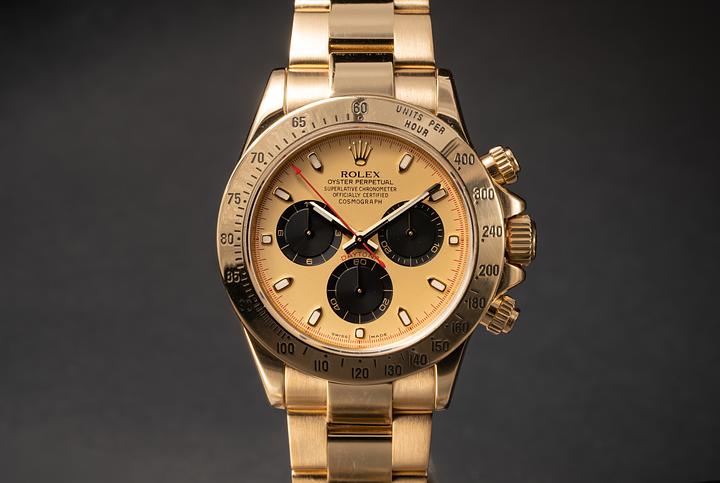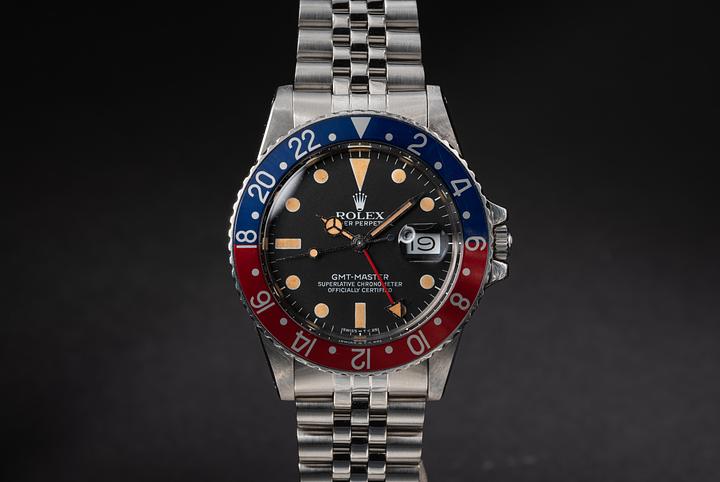Rolex Wimbledon Datejust 41: Timeless Style with a Green Edge
.jpeg)
The Rolex Wimbledon Jubilee: A Timeless Legacy of Precision and Prestige
Some things—like strawberries and cream, London in the summer, and the sound of a tennis ball meeting the grass at Centre Court—just feel timeless. The same can be said for Rolex. For over a century, Rolex has defined what it means to be dependable, stylish, and relentlessly precise. If you’ve ever paid attention to the wrists of champions, royalty, or even just the powerfully punctual, you know it’s more than just a watch. Now, throw in Wimbledon, that cathedral of tennis tradition, and you’ve got something quite special. The Rolex Wimbledon—not just a nickname but a cultural imprint. Today, let’s dive deep into the story behind this exceptional timepiece, grounded in Swiss mastery and carried by generations of craftsmanship.
Rolex and Wimbledon: A Partnership Rooted in Tradition
Since 1978, Rolex has been the Official Timekeeper of The Championships, Wimbledon. Think about that—over 45 years of professional partnership rooted in mutual values like excellence, precision, and tradition. Rolex doesn’t just time the matches; it celebrates the spirit of competition embodied by tennis legends. Why Wimbledon? Because it represents the best of class and consistency. Grass courts. White attire. Quiet excellence. That’s not just Wimbledon—that’s Rolex, too. The partnership is almost poetic.
And with that longstanding relationship, it makes sense that one of Rolex’s most iconic models—the Datejust—would craft a reference that fits the moment: elegant, unshakably reliable, and unmistakably tailored to the elite refinement of Wimbledon.
Understanding the Rolex Datejust “Wimbledon”
Alright, time to get into the mechanics—well, kind of. The Rolex Datejust “Wimbledon” isn’t a model officially titled by Rolex as such. Instead, it’s become part of enthusiast slang for a specific configuration of the Rolex Datejust 41. That version? A slate grey dial with Roman numerals in a lush, vivid green. The green is the shout-out to Wimbledon’s rich grass courts, and some say the slate dial evokes London’s moody skies. Whether that’s poetic license or not might be up for debate—what's not is how stunning it looks.
The “Wimbledon” Datejust is usually seen in stainless steel and white gold, featuring the classic Jubilee bracelet and fluted bezel. A lot of people confuse the bracelet style with the model name, by the way—quick note: the Jubilee is the five-piece link bracelet introduced in 1945, not Wimbledon-specific, although let’s be honest, it feels right at home here. It offers refined comfort on the wrist and complements the polished lugs beautifully.
The Jubilee Bracelet: A Cornerstone of Swiss Innovation
The Jubilee bracelet is its own story. Introduced with the first Datejust to mark Rolex’s 40th anniversary—yep, their actual “Jubilee”—this bracelet wasn’t just about style. It marked a turning point in comfort and design precision. Created to be elegant enough for formal occasions but robust enough for daily wear, the Jubilee bracelet has stayed pretty consistent through the decades, even as Rolex evolved movements and materials.
Paired with the Wimbledon dial? It’s just... balanced. The Jubilee’s polished center links catch the light just enough. The tapered profile hugs the wrist naturally. It’s not flashy—it’s elevated. Like I said earlier, part of the magic is that Rolex never needs to shout. They just... show up.
Caliber 3235: Precision Behind the Dial
If we’re going to talk about heartbeats—and we should—it’s only fair to bring in the Caliber 3235. That’s the movement inside the modern Datejust 41, including the Wimbledon dial variants. This is Rolex’s answer to the call for both robust power and refined performance. Introduced in 2015 and rolled into Datejust models in 2016, the 3235 boasts the Chronergy escapement, a component that combines energy efficiency with dependability. We’re talking 70 hours of power reserve here.
It’s also COSC-certified and then tested in-house by Rolex to meet even stricter standards. This movement is an evolution, not a revolution. It doesn’t change what works—it improves it subtly, precisely, and definitively.
The Cultural Weight of the Wimbledon Dial
What’s fun—okay, maybe whimsical—is how the Datejust “Wimbledon” has kind of become its own shorthand for style fluent in sport and sophistication. You don’t have to be a tennis fan to get why green Roman numerals on a grey dial hit just right. But if you are? This piece feels like a tribute to the tournament’s grandeur.
It’s one of those configurations you’ll occasionally spot courtside, maybe under a tux sleeve at a trophy ceremony, or more likely, on the wrist of someone accomplished, calm, and a bit iconoclastic. Somebody who doesn’t chase trends but somehow stays ahead of them.
Final Thoughts: Why the Rolex Wimbledon Endures
The Rolex Wimbledon Datejust is more than a nod to The Championships—it’s a seamless fusion of Swiss watchmaking precision and British tradition. It doesn't scream for attention, but people notice. Between the subtle green accents and the revered mechanics of the 3235 movement, you've got a watch that feels as much at home in a boardroom as it does in a box seat at Centre Court.
It captures something rare: a sense of time that respects tradition but isn’t stuck in it. That’s what keeps Rolex, and especially this model, genuinely timeless. So whether you're a collector, a tennis aficionado, or someone just looking for a story behind a stunning watch—this particular Datejust tells one worth remembering.




